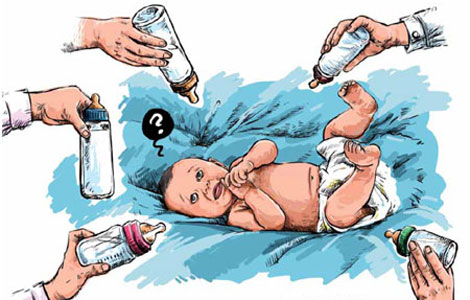Civilization and crop development
Updated: 2013-10-23 07:10
(China Daily USA)
|
||||||||
Jiang Tao is senior engineer at the Center for Agricultural Resources Research at the Chinese Academy of Science.
GM is a new stage of agricultural development, and we humans have already gone through several phases. The first phase is collection, the second is planting, and the third is the cultivation of seeds. Now we have come to the new phase that is GM, which is inevitable and independent of man's will. It is the tide of the times, the inevitability of history.
Every stage is a leap forward. During the collection and cultivation stages, humans began to settle into an agricultural lifestyle. Human civilization began to develop because of that. After settlement, humans began to develop the educational and cultural aspects of the social community. This is also the reason that human civilization spread quickly across the same latitude.
The Chinese Silk Road was basically horizontal because crops tend to spread horizontally, because at the same latitude, the climate is relatively similar. However in terms of longitude, it wasn't easy to spread crops, which is why civilization on the American continent lagged behind that of Eurasia.
Civilization on the American continent was vertical, and crops that grew well in Mexico were unable to adapt to Alaska or Chile, proving that civilization is closely linked to agriculture. I believe that we have now entered a new stage of development - the GM stage. We shouldn't stand in the way of development, that would be wrong and we should not try to turn back the clock.
The introduction of corn was the great contribution of Native American Indians. The Chinese contributed rice and millet. During the time of Confucius, millet was the nation's staple food and it was the most important crop to have originated along the banks of the Yellow River. Mesopotamia was the birthplace of wheat.
Every civilization established by the mass plantation of crops has helped the development of humankind. Corn was introduced to China during the Ming Dynasty (1368-1644). After that, the Chinese population witnessed explosive growth, accounting for approximately 35 percent of the global population. China's GDP at that time accounted for one-third of the global total and the nation's strength hit a new peak. Likewise, we can predict that genetically modified agriculture can help solve the basic food shortages that still torment parts of the world.
- Zhang Lei
(China Daily USA 10/23/2013 page7)
 Pumpkin fun ahead of Halloween
Pumpkin fun ahead of Halloween
 Weakening Raymond soaks Mexico, no serious damage
Weakening Raymond soaks Mexico, no serious damage Apple unveils new Macs, iPad ahead of holidays
Apple unveils new Macs, iPad ahead of holidays
 Smart cities to aid urbanization
Smart cities to aid urbanization
 In control & breaking the mold
In control & breaking the mold
 Higher retirement age may help solve pension problem
Higher retirement age may help solve pension problem
 Northeast remains shrouded in smog for third straight day
Northeast remains shrouded in smog for third straight day
 Beijing Opera troupe perform in Brazil
Beijing Opera troupe perform in Brazil
Most Viewed
Editor's Picks

|

|

|

|

|

|
Today's Top News
NASA: Chinese scientists are now welcome
Yingli uses US baseball stars in campaign
Top officials promote new relations
China's US Treasury holdings hit six-month low
Graduate looks at kung fu-hip hop connection
Apple unveils new Macs, iPad
San Francisco train service restarts after strike
China, Russia reach big oil deal
US Weekly

|

|







